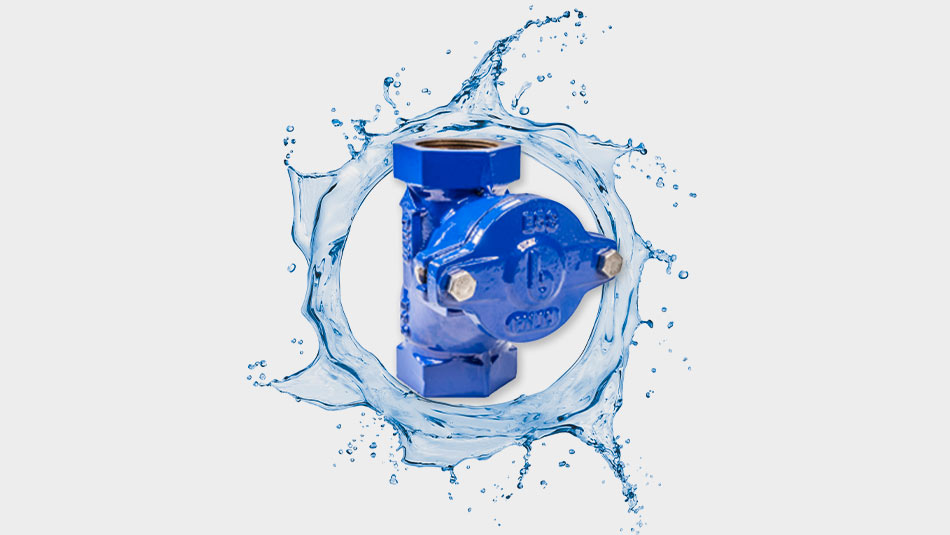What is the purpose of a check valve on a Japy pump?

Recommendations on the usefulness of a check valve on a Japy pump
When installing a hydraulic pump, it is necessary to place a check valve on the piping. This accessory prevents backflow in the system by controlling the circulation of the fluid in one direction. This mechanism is essential to protect your pump and to enable it to operate optimally.
Need advice?
Our team of experts is here to help you.
You can contact us via a simple click:
How does a check valve work and what is its purpose for a pump?
The operating principle of a check valve is relatively simple. It controls the direction of fluid circulation. You have certainly seen a valve positioned upstream of your sanitary water production system.
A check valve is installed on the suction hose of a centrifugal pump. It thus keeps the piping full and under pressure. This element is thus essential to prevent the appearance of bubbles or the risks of natural loss of prime, which could seriously damage the pump.
To regulate variations in the flow of the liquid when the pump stops and to prevent the water hammer effect caused by pressure waves in the piping, a valve is essential to protect the system, which risks eventual bursting.
By installing this part, you will not have to directly intervene on the installation and will not run the risk of suddenly seeing the liquid leaking everywhere.
Placed on the discharge hose, the check valve prevents the weight of the liquid from weighing down the pump when it is not running and prevents the impeller from unscrewing due to backflow. Like other valves, its role is also to isolate certain parts of the piping.
Selecting a mechanism that is suitable for the installation
There are two types of valves: ball check valves and spring check valves. With a ball mechanism, the flow of the fluid pushes the valve ball and opens the passage to enable the fluid to reach the pump. The ball then moves to immediately close the passage by coming into contact with a conical seat. This closes the valve to prevent the liquid from circulating in the reverse direction.
Ball check valves are more frequently used with highly viscous fluids, low flow rates and liquids with solids content. They operate in ascending vertical or horizontal positions.
Spring check valves, also called guided check valves, are ideal for installations with a higher flow rate. This type of valve, fitted with concentric discs, is particularly effective to protect you from the water hammer effect created by the sudden interruption of the fluid flow. Foot check valve models possess a filtration system that is generally made of stainless steel or polyethylene. These filters retain particles to prevent pollution problems.
How to install and properly maintain a check valve
To obtain a good flow rate, it is important to size it according to the diameter of the piping and the suction height. This height should be no more than 7 metres, otherwise a different type of pump should be considered.
It is important to regularly maintain this system to ensure that it remains leak-proof.
The installation of a check valve on the suction line thus prevents the liquid backflow that could cause the pump to lose its prime or even damage it. It also maintains the pressure within the piping.
At the outlet, a check valve can also be installed on the discharge hose. This mechanism prevents the water stored in the piping from flowing back into the pump when it is not running. This accessory is thus essential to protect your pump and ensure its proper operation.
